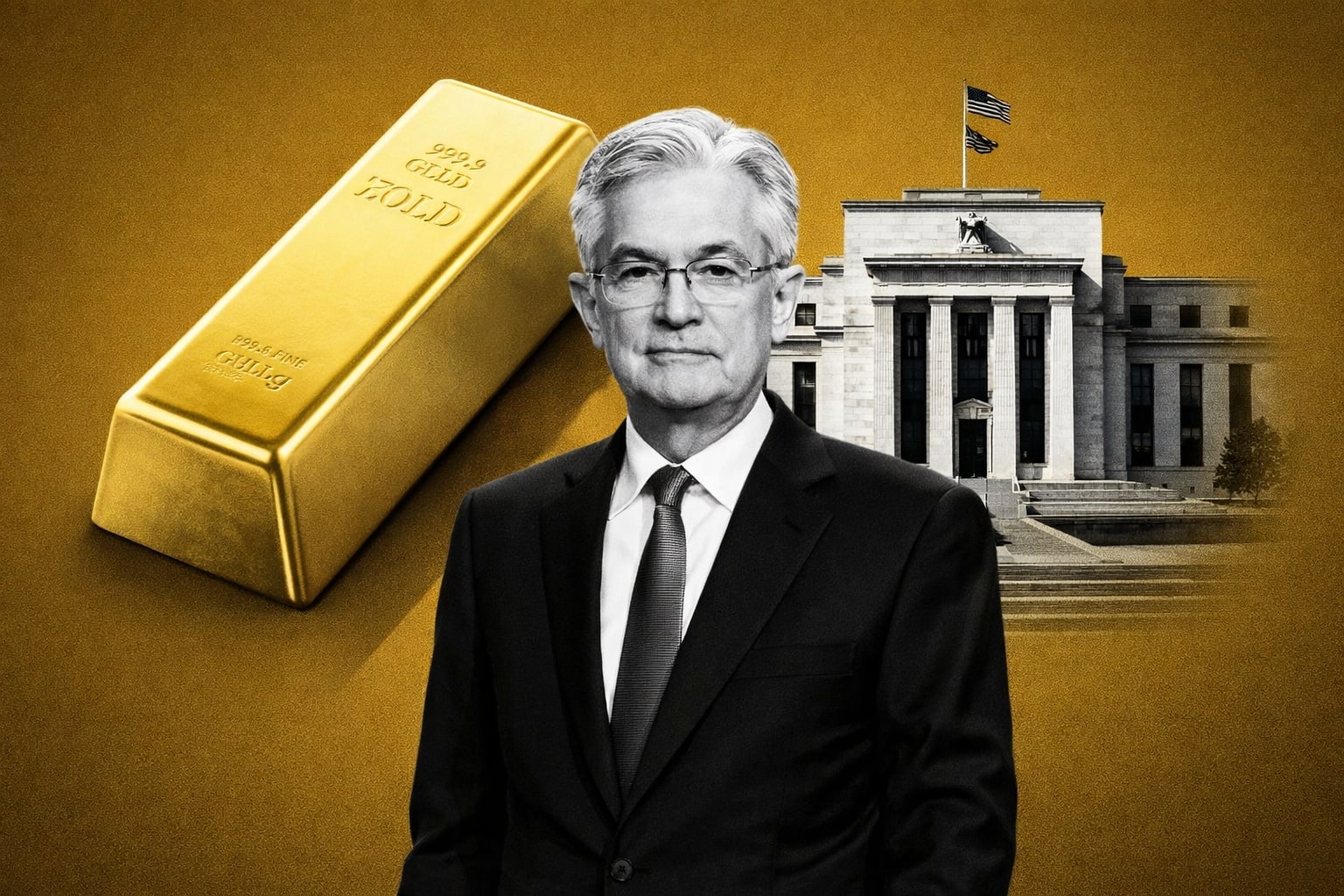
Can Gold Prices Reach All-Time High in 2023
Experts Predict Gold Prices to Reach New All-Time Highs in 2023
Investors attempted to push gold prices to a fresh record high earlier this month, but their efforts fell short. Even the risk of a U.S. debt default has been unable to sustain prices for the precious metal above the key $2,000 level.
Experts predict gold prices to reach new all-time highs in 2023
The market uncertainty resulting from the political debates in Congress over raising the U.S. debt ceiling, along with the possibility of a technical default as soon as June 1, and a potential U.S. credit rating downgrade by Fitch, have failed to serve as significant catalysts for gold prices, according to Imaru Casanova, a portfolio manager at VanEck. Casanova believes that the market expects a deal to be reached on the debt ceiling issue.
Gold futures made a strong push towards fresh record highs in early May, settling as high as $2,055.70 an ounce on May 4. This was the second-highest level on record and the highest for a most-active contract since August 6, 2020, when prices finished at a record high of $2,069.40. Despite this surge, prices have since settled below the key $2,000 mark for nine consecutive sessions as of Friday.
George Milling-Stanley, the chief gold strategist at State Street Global Advisors, points out that gold has been "flirting" with the $2,000 level for over a decade. In 2011, during the last significant debt ceiling debate, prices came close to $2,000 in September of that year. Gold surpassed this key level in 2020 and earlier this year. Milling-Stanley believes that the belief among investors and speculators that any price above $2,000 was the right level to take profits has prevented gold from reaching a new record high in the long term. In the short term, gold has been held back by the assumption that there will be a favorable outcome to the debt ceiling debate, leading to market complacency.
Although an actual U.S. debt default would be disastrous and should push gold prices much higher, Casanova suggests that market complacency has set in. Even after the recent bank failure of First Republic Bank, the markets seem to assume that the banking turmoil is over and ignore the remaining risks posed by sustained higher interest rates and persistent inflation. The rise in the cost of U.S. goods and services in April indicates that inflation remains a concern.
The Federal Reserve finds itself in a difficult position, caught between a rock and a hard place, according to Casanova. While the fight against inflation is not over, the Fed may be forced to halt its rate-hiking program before another crisis develops elsewhere. Casanova believes that gold is currently in a privileged position due to the potential implications of a Fed pause on inflation expectations. A weak economy drives investors to seek refuge in gold, and lower interest rates make gold more attractive to own. Furthermore, the longer-term implications of a Fed pause on inflation expectations could also support gold, as it is considered a hedge against inflation.
As of Friday, the most-active June gold futures contract settled at $1,944.30 an ounce on Comex. Although down for the week and the month, gold is still 6.5% higher year to date. Milling-Stanley suggests that gold may still rally back above $2,000 and set new all-time highs. Factors that could serve as catalysts for such a move include a failure to reach a satisfactory resolution to the debt ceiling issue and the onset of a recession. Historical data shows that during the seven significant recessions over the past 50 years, the average appreciation in the gold price was over 20%.
Analysts and experts have varying predictions for gold prices. Tina Teng from CMC Markets expects gold to trade between $2,500 and $2,600 an ounce. Randy Smallwood, CEO of Wheaton Precious Metals, forecasts gold prices hitting $2,500. Fitch Solutions, a global credit rating agency, has also predicted that gold will reach a high of $2,075 in the coming weeks. The World Gold Council reports that continued central bank buying of gold bodes well for long-term prices.
The Federal Reserve's next moves and their impact on gold prices are closely watched by investors. The Fed's ongoing meetings and the possibility of a 25 basis point rate hike are factors that could influence gold prices. A weakening of the dollar may also support gold prices. While there is typically an inverse relationship between gold prices and the U.S. dollar, periods of financial stress can lead to investors seeking the perceived safety of both U.S. Treasurys and gold simultaneously.
In conclusion, gold prices have been flirting with new highs for over a decade. While recent market uncertainty and the risk of a U.S. debt default have not yet pushed prices above the key $2,000 level, there is still optimism that gold may reach new all-time highs before the year is over. Factors such as the resolution of the debt ceiling issue and the onset of a recession could potentially serve as catalysts for a price surge. Analysts have varying predictions, but many believe that gold has the potential to exceed $2,000 and even set fresh record highs in the near future.
Read More
-
GPIX ETF 8% Monthly Yield and S&P 500 Upside at $53
13.01.2026 · TradingNEWS ArchiveStocks
-
XRP ETFs XRPI, XRPR and Bitwise XRP Pull In $1.5B as XRP-USD Stalls Around $2.13
13.01.2026 · TradingNEWS ArchiveCrypto
-
Natural Gas Price Forecast: NG=F Climbs Off $3.00 Floor as Cold Snap and LNG Flows Lift UNG
13.01.2026 · TradingNEWS ArchiveCommodities
-
USD/JPY Price Forecast - USDJPY=X Charges Toward ¥159 as Japan Election Fears Hit the Yen
13.01.2026 · TradingNEWS ArchiveForex



















